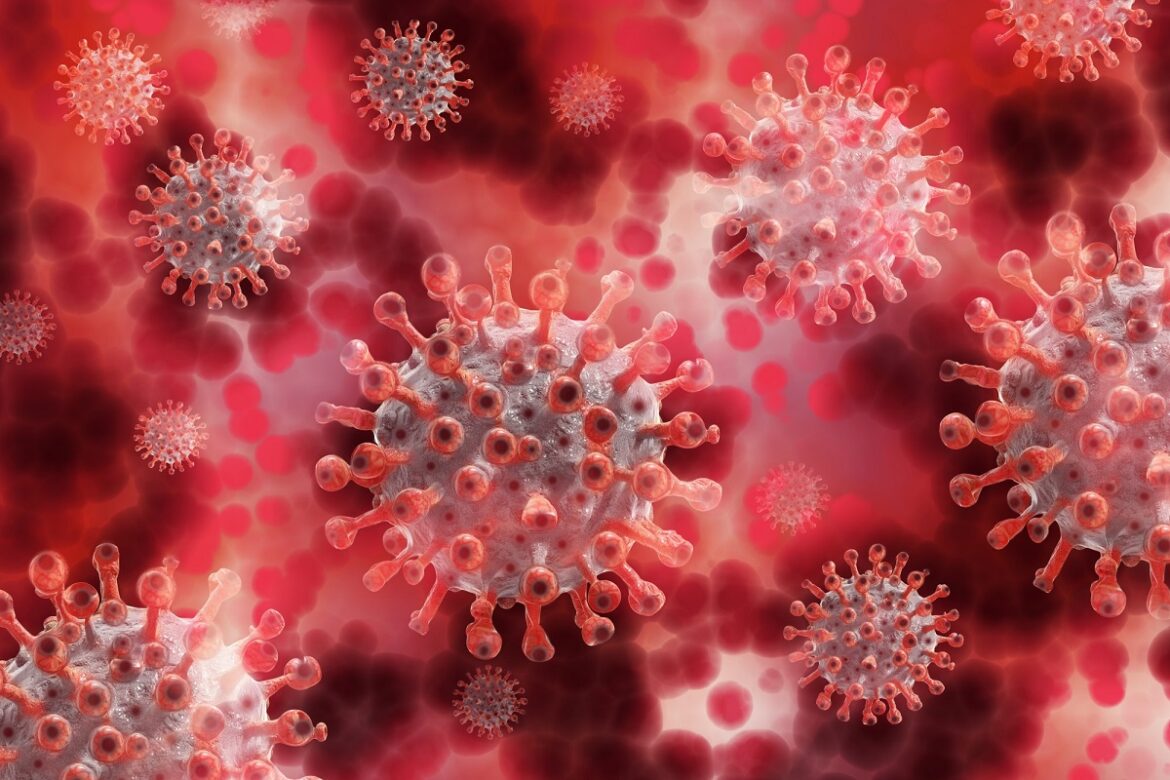The Ultimate Guide to Light Disinfection Technology
Energy-efficient and time-saving ways to destroy harmful bacteria are hard to come by. The endless spraying and sanitizing of every surface in a healthcare facility can be tiresome. Science says that UV rays have virus- and bacteria-killing properties. So, why shouldn’t they be used to make this process simpler?
Harsh UV lights can be unbearable and even harmful if they are not used properly. However, they have the power to sanitize all of these surfaces with minimum time and effort. Continue reading to learn what you need to know about light disinfection technology. This includes how UV light works and why it is so effective in healthcare settings.
How Does UV Light Disinfection Work?
Ultraviolet (UV) light disinfection uses the idea that UV rays that are produced by the sun are able to destroy bacteria. The use of UV rays for disinfection has been around since the 1800s. After the Ebola outbreak in 2014, UV disinfection technology came back on a more efficient level.
The artificial UV rays in light disinfection are much stronger than the rays of the sun. This allows sanitation to take place in mere seconds. It is so strong, in fact, that while it destroys germs, it can also be harmful outside of a controlled environment.
According to the Center for Disease Control, UV radiation is useful in the healthcare system for two reasons. They are able to destroy airborne organisms and inactivate microorganisms on certain surfaces.
However, the ultraviolet radiation’s effectiveness becomes influenced by a number of outside factors. This includes wavelengths, organic matter, and UV intensity. It also depends on temperature and the different types of suspension and microorganisms.
Why Is Light Disinfection Technology So Effective?
Light disinfection technology is so effective in destroying microorganisms. This is because nothing bacterial or viral is 100% resistant to UV light. In fact, UV light is even effective in destroying the COVID-19 virus, SARS-CoV-2. Using UV light for disinfection doesn’t affect the existing properties of these surfaces like pH balance and temperatures.
Patho3gen Device That Uses UV Rays for Disinfection
Shoes are a hotspot for the growth of bacteria and viruses. Germs can be brought into a healthcare setting on your shoes, just as germs can be taken out of the healthcare setting. This is especially the case when the sanitation protocols in place don’t sanitize the bottoms of your shoes when entering and exiting a healthcare facility.
The Shoe Sanitation Station (the UVZone) helps to combat the germs that may end up on the bottom of your shoes while working in the healthcare setting. In a matter of seconds, the bottoms of your shoes are sanitized and 99.999% clear of harmful bacteria. The UVZone is one-hundred-and-ten times more effective than other UVC light. Click to learn about this shoe sanitizer.
Should You Use UV Light for Disinfection?
Ultraviolet light disinfection technology is very efficient in killing off germs and other harmful pathogens. The show sanitation station might just be the solution to tracking these bacterias and viruses in and out of these facilities.
If you found this post to be helpful, check out our other health-related content for more information.




